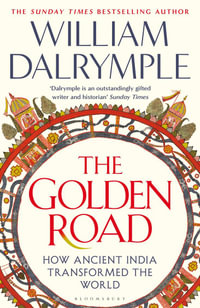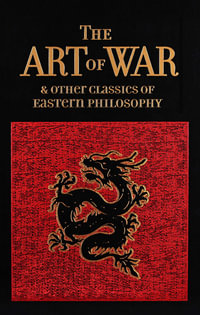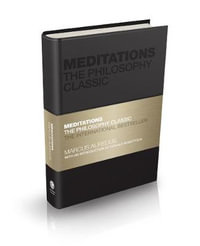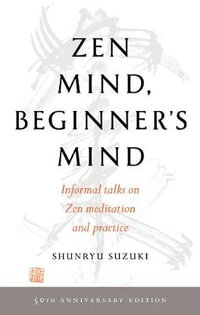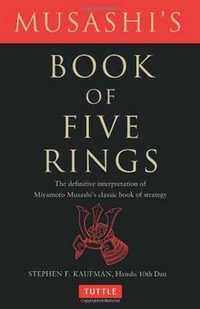Winner of the Best Book in Hindu-Christian Studies Prize (2013/2014) from the Society for Hindu-Christian Studies.
The Gita is a central text in Hindu traditions, and commentaries on it express a range of philosophical-theological positions. Two of the most significant commentaries are by Sankara, the founder of the Advaita or Non-Dualist system of Vedic thought and by Ramanuja, the founder of the Visistadvaita or Qualified Non-Dualist system. Their commentaries offer rich resources for the conceptualization and understanding of divine reality, the human self, being, the relationship between God and human, and the moral psychology of action and devotion. This book approaches their commentaries through a study of the interaction between the abstract atman (self) and the richer conception of the human person. While closely reading the Sanskrit commentaries, Ram-Prasad develops reconstructions of each philosophical-theological system, drawing relevant and illuminating comparisons with contemporary Christian theology and Western philosophy.
Industry Reviews
This work by Ram-Prasad (Lancaster Univ., UK), on philosophy of being in the Gita commentaries, despite what the title and table of contents might suggest is not a study of the Bhagavad Gita. Further, the author does not seek to provide a subcommentary on the commentaries of either Sankara or Ramanuja. Rather, he borrows from Christian theology and asserts his approach as one of constructive theology. Beginning with an introduction to the various texts, this volume then delves into an understanding of the nature of divinity, selfhood, and being, and the relationships between them. By illustrating the dialectic between how Sankara understands Krsna and a metaphysics of being and Ramanuja's perspective, the author draws readers into a rich discussion of the various ways of understanding divinity in the Gita. The juxtaposition also enables a clear understanding of these differing conceptions of the self and its relationship with the divine. Again, while this volume does not serve as a traditional or synoptic commentary on the Gita, it nonetheless provides a new and insightful lens through which to approach the text and is rich commentaries. Summing Up: Upper-level undergraduate and graduate students.""--C.A. Barsley, Transylvania University "CHOICE "




